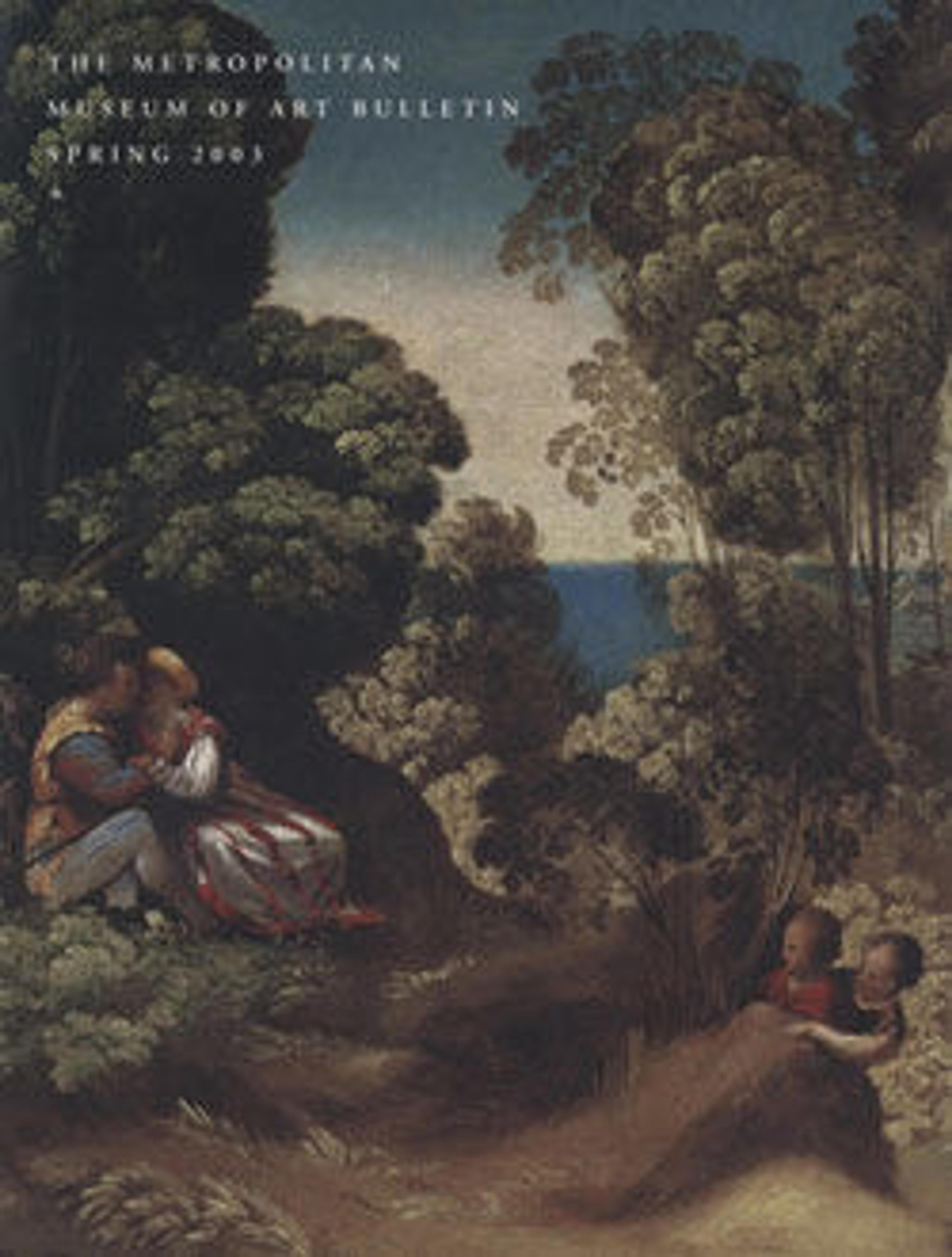Madonna and Child
Francia’s paintings combine the subtle modeling and soft lighting found in Netherlandish practice with the idealized figure types of Italian painting. This, together with the serenity of his landscapes and the sweet delicacy of his Madonnas, made his paintings universally admired. We are told that the citizens of Bologna "thought of him as a god."
The Venetian frame is not original to the picture but is of the period and, like the painting, in beautiful condition.
The Venetian frame is not original to the picture but is of the period and, like the painting, in beautiful condition.
Artwork Details
- Title:Madonna and Child
- Artist:Francesco Francia (Italian, Bologna ca. 1447–1517 Bologna)
- Date:1490s
- Medium:Oil on wood
- Dimensions:24 x 18 1/8 in. (61 x 46 cm)
- Classification:Paintings
- Credit Line:Gift of Lewis C. Ledyard III, Mrs. Victor Onet, and Mrs. T. F. Turner, in memory of Lewis C. Ledyard, 1982
- Object Number:1982.448
- Curatorial Department: European Paintings
More Artwork
Research Resources
The Met provides unparalleled resources for research and welcomes an international community of students and scholars. The Met's Open Access API is where creators and researchers can connect to the The Met collection. Open Access data and public domain images are available for unrestricted commercial and noncommercial use without permission or fee.
To request images under copyright and other restrictions, please use this Image Request form.
Feedback
We continue to research and examine historical and cultural context for objects in The Met collection. If you have comments or questions about this object record, please contact us using the form below. The Museum looks forward to receiving your comments.
